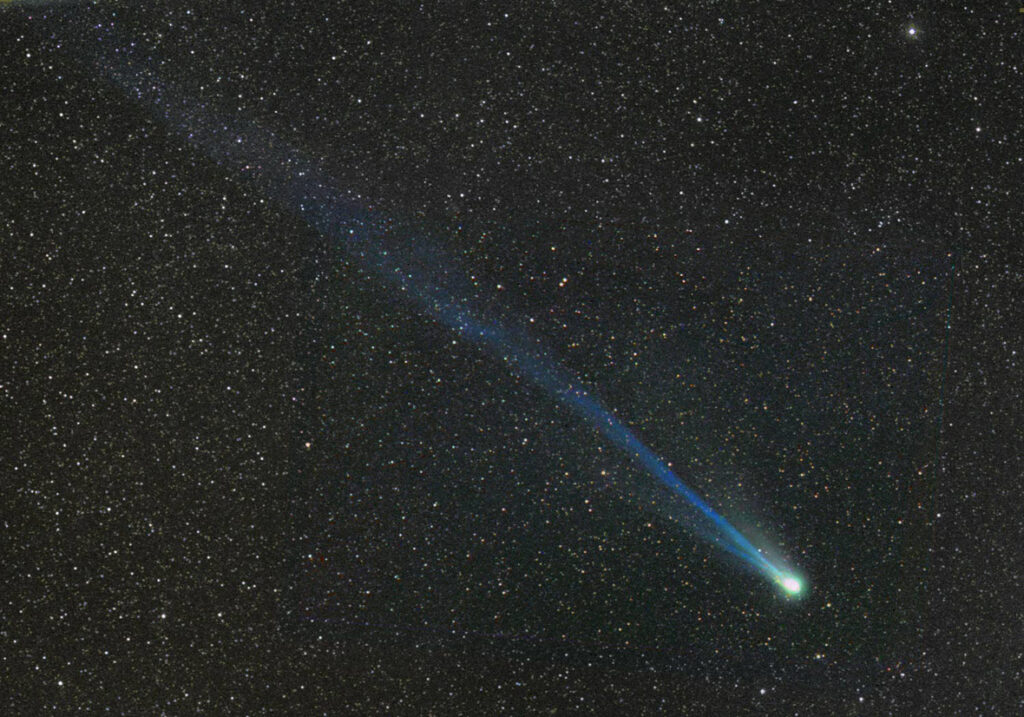Every August, stargazers are treated to the dazzling display of the Perseid meteor shower, and this year is no exception. The Perseids, often considered the best meteor shower of the year, will reach their peak during the overnight hours of Sunday night into early Monday morning (August 11-12). This celestial event promises a stunning show, with minimal moonlight enhancing the visibility of these “shooting stars.”

Diane Kulpinski/Getty Images
This year presents a particularly favorable viewing opportunity for the Perseids. The first quarter moon sets around 11:20 p.m., leaving the sky dark for optimal meteor watching. Next year, however, the moon will be in a waning gibbous phase, brightening the sky and diminishing the visibility of all but the brightest meteors. Therefore, it’s essential to take advantage of this year’s conditions.
The Perseid meteor shower originates from the debris left by comet 109/P Swift-Tuttle. As Earth passes through this debris each year, the particles burn up in our atmosphere, creating brilliant streaks of light. This shower is named after the constellation Perseus, from which the meteors appear to radiate. The history of the Perseids is filled with dramatic displays, especially in the early-to-mid 1990s when the comet last approached the inner solar system.

Viewing the Perseid meteor shower is a straightforward yet magical experience. The best time to watch is after 11 p.m., when the sky is darkest, until the pre-dawn hours. Find a spot away from city lights with a wide-open sky view. Lie back comfortably, perhaps on a reclining chair or a ground pad, and let your eyes adjust to the darkness. Don’t forget to bring warm clothing and mosquito repellent for comfort. With patience, you’ll witness meteors streak across the sky at a rate of about one every minute or two.
During the peak hours, the shower’s radiant point, located between the constellations Perseus and Cassiopeia, will rise higher in the northeast. Although the meteors appear to originate from this point, they can be seen in all parts of the sky. Even if you live in an area with moderate light pollution, you can still catch the brightest meteors. The Perseids are known for their bright, fragmenting meteors that leave persistent trails, making them visible even in less-than-ideal conditions.



















